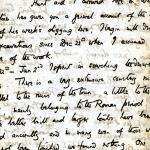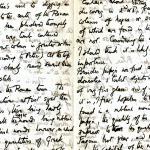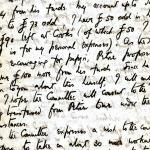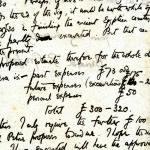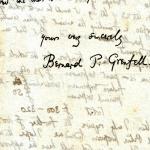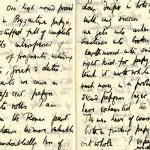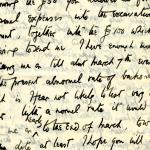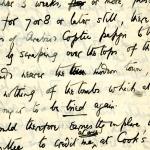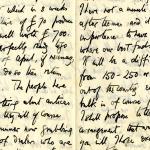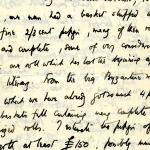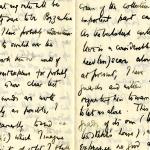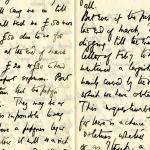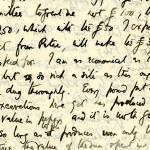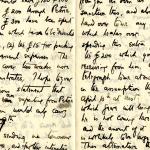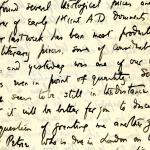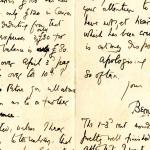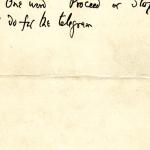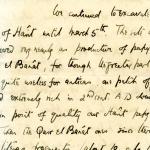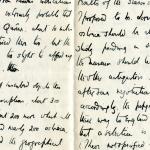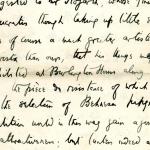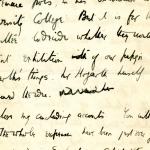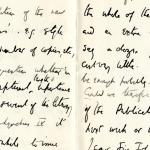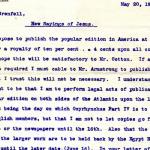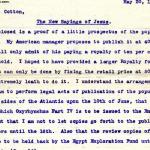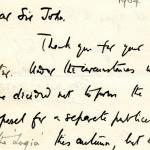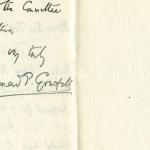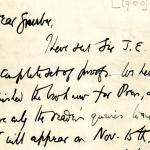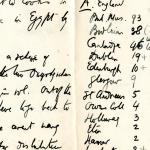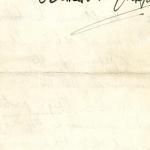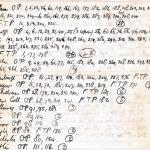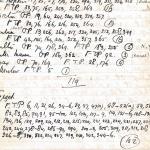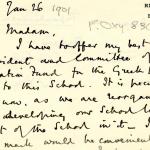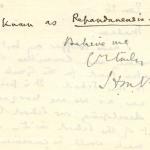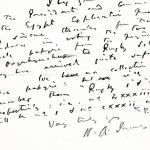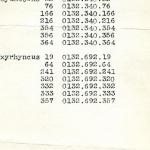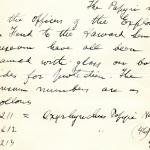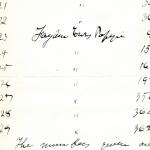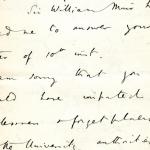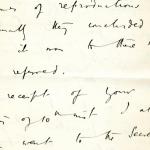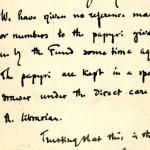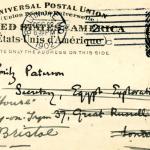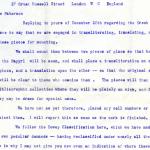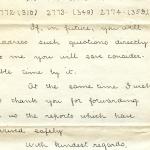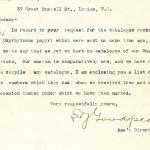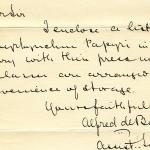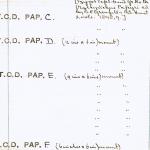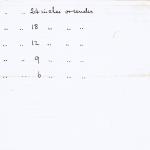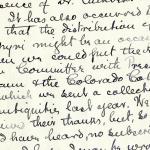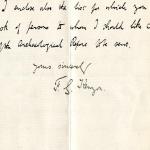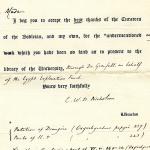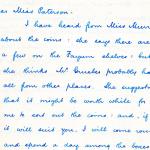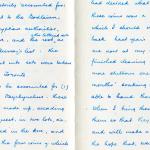1896-97 Oxyrhynchus
The excavation was started by Petrie in early December and taken over by Grenfell and Hunt with a very focused objective of recovering papyri. The excavation investigated a Roman town which yielded a collection of papyri in this season that was fragmented but estimated to be larger than any collection recovered from a site.
Grenfell and Hunt spent three weeks to the west of the town excavating a Ptolemaic cemetery, in which papyri was recovered in the tombs of the owners. Some limestone figurines of humans, gryphons and other hybrid animals were found along with small amounts of jewellery. A pharonic period cemetery was also excavated but the mummies were very degraded, the excavators note some beads and amulets in the tombs.
On January 11, excavations on the town were started to the north of a structure estimated to be a temple and continued to sweep northwards through rubbish mounds which were dense with papyri remains which the excavators thought must be local administrative archives that were periodically cleared out. In addition to the papyri, coins, pottery, ostraca, glass, terracotta figurines, tools, weapons and a large number of dice were recovered. The papyri date from the 1st century BCE to the 10th century CE.
Archive Documents
Catalogue of antiquities from excavations at Deshasheh and Behnesa (Egypt Exploration Fund) and El Kab (Egyptian Research Account) : exhibited at University College, Gower St., London, July 1st to 31st 1897. 1897. London : Egypt Exploration Fund.
Johnson, William A. 2012. The Oxyrhynchus distributions in America: papyri and ethics. Bulletin of the American Society of Papyrologists 49, 209-222.

